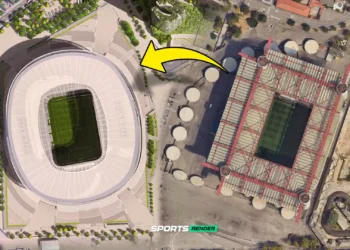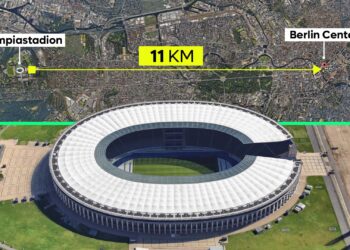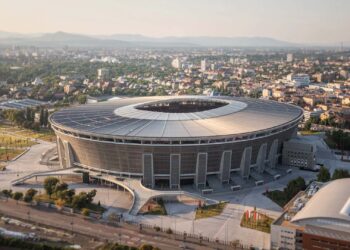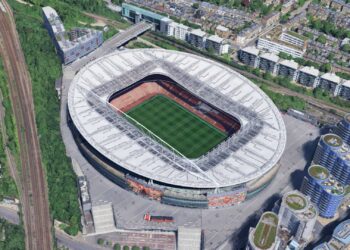The 2002 FIFA World Cup, co-hosted by South Korea and Japan, was historic — Asia’s first World Cup, and the first ever with dual hosts. Both countries built or renovated 20 stadiums (10 each) to stage the tournament.
Over 23 years later, the story of these stadiums is mixed. Some thrive as home grounds for major clubs or multi-event venues. Others suffer from low usage, high costs, or have been repurposed entirely.
Stadium-by-Stadium Breakdown
🇰🇷 South Korea
- Seoul World Cup Stadium (Seoul)
Status: Thriving
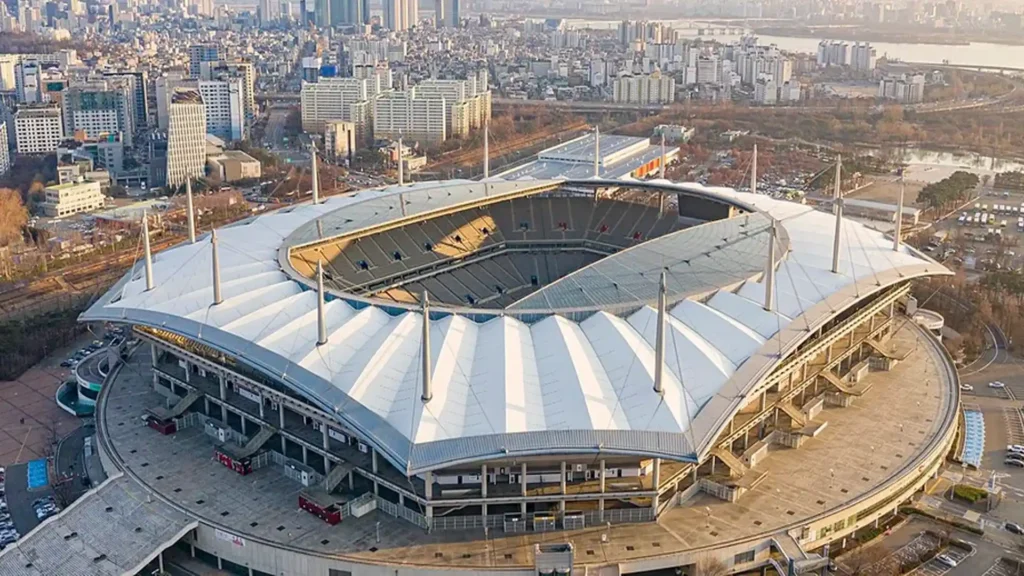
- Home to FC Seoul (K League).
- Regularly filled for domestic matches and national team games.
- Hosts concerts and events; a major symbol of the 2002 World Cup legacy.
- Busan Asiad Main Stadium (Busan)
Status: Underused
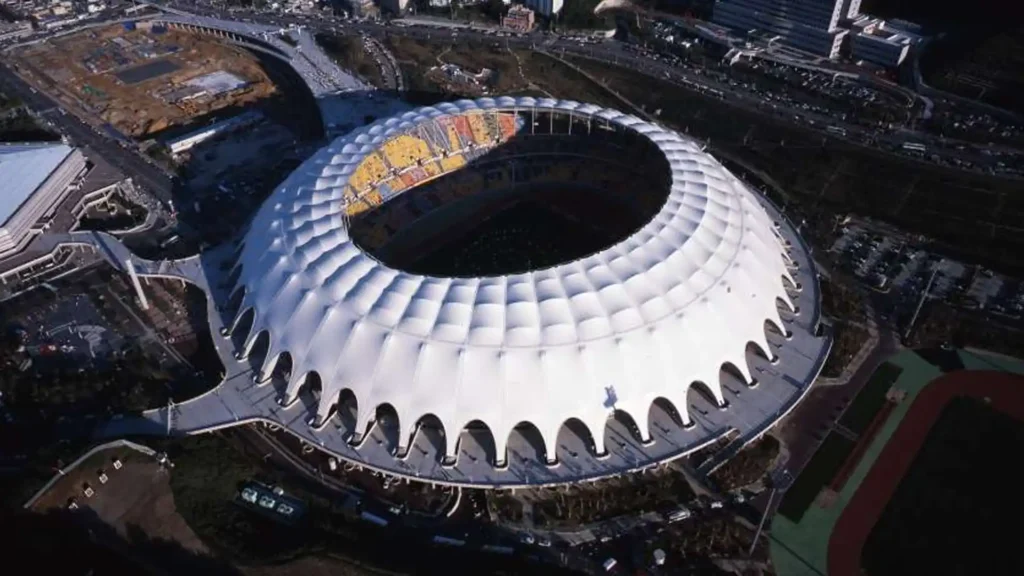
- Built for 2002 but rarely full.
- Busan IPark moved out, leaving it without a strong anchor tenant.
- Sometimes used for athletics and events, but costly to maintain.
- Daegu World Cup Stadium (Daegu)
Status: Light use
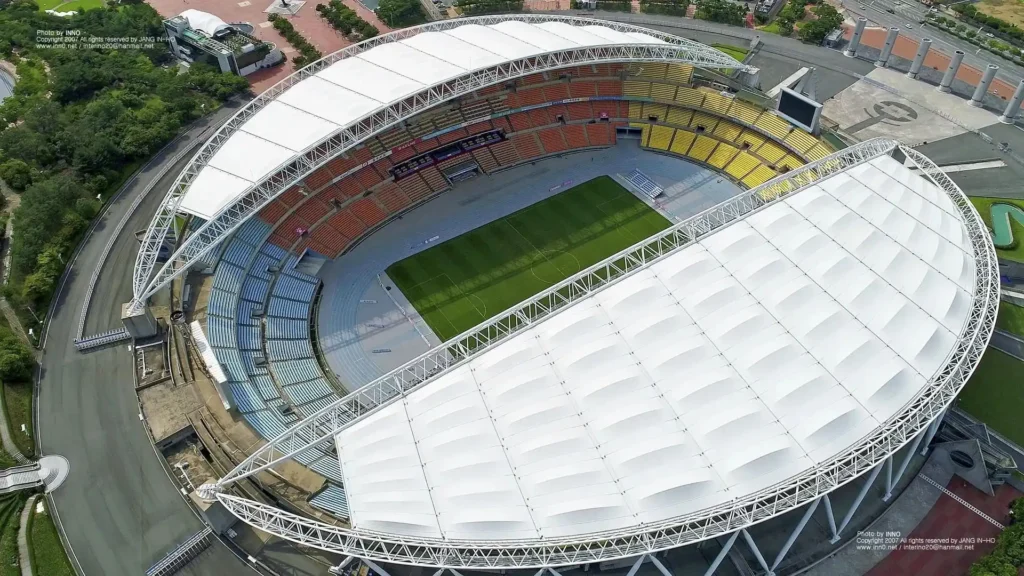
- Home to Daegu FC until 2018, when the club built a smaller football-specific stadium.
- Now used occasionally for athletics and concerts; struggles with sustainability.
- Incheon Munhak Stadium (Incheon)
Status: Struggling
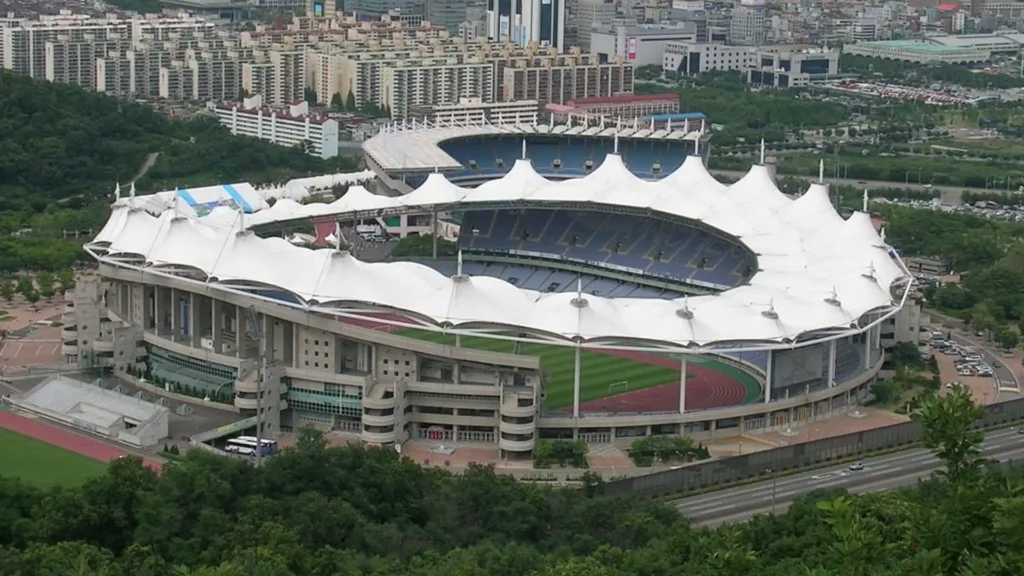
- Used briefly by Incheon United, but the club moved to a smaller venue.
- Now largely underutilized, with occasional athletics and concerts.
- Daejeon World Cup Stadium (Daejeon)
Status: Active, modestly
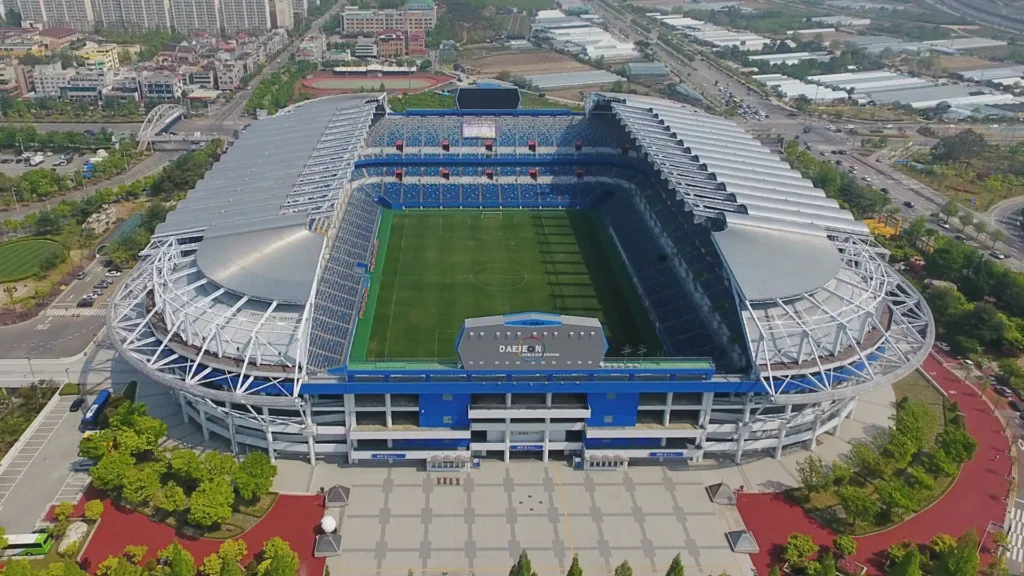
- Home to Daejeon Hana Citizen (K League).
- Not always full, but at least has regular football tenants.
- Suwon World Cup Stadium (Suwon)
Status: Stable
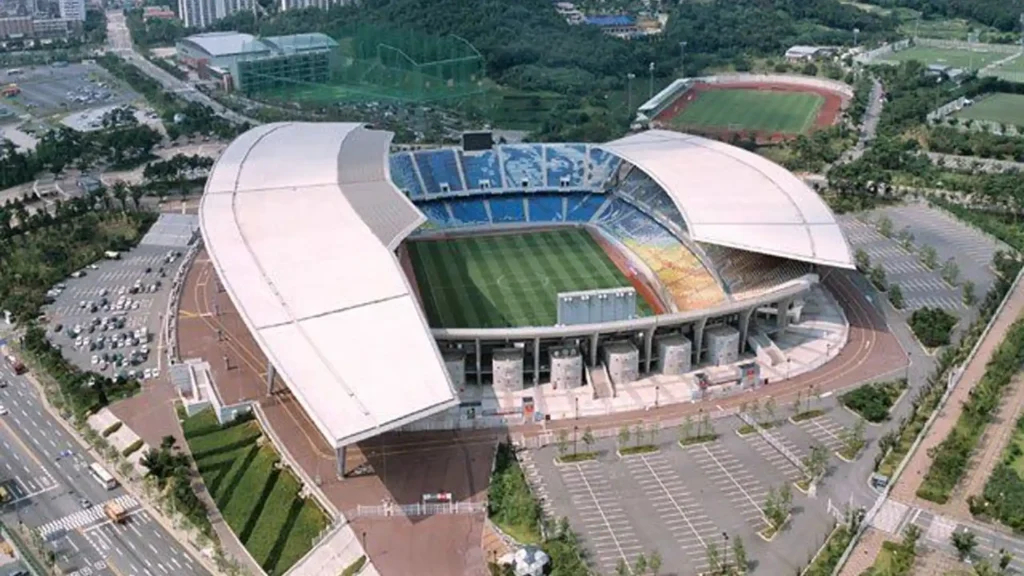
- Home to Suwon Samsung Bluewings, a major K League team.
- Regularly used for football and national matches.
- Gwangju World Cup Stadium (Gwangju)
Status: Limited use
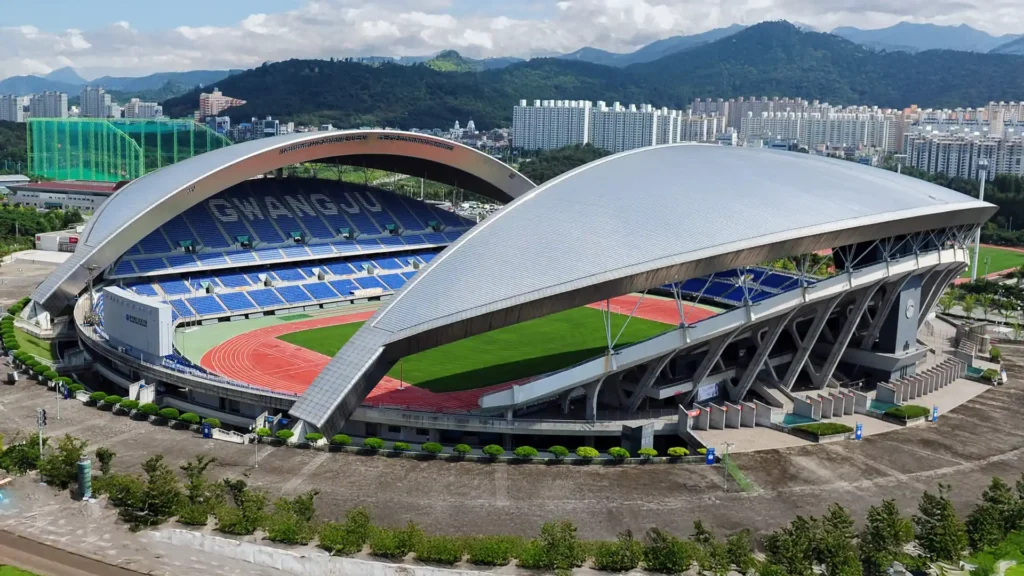
- Hosted Gwangju FC until they downsized to a smaller stadium.
- Now used occasionally; struggles to attract major events.
- Jeonju World Cup Stadium (Jeonju)
Status: Thriving
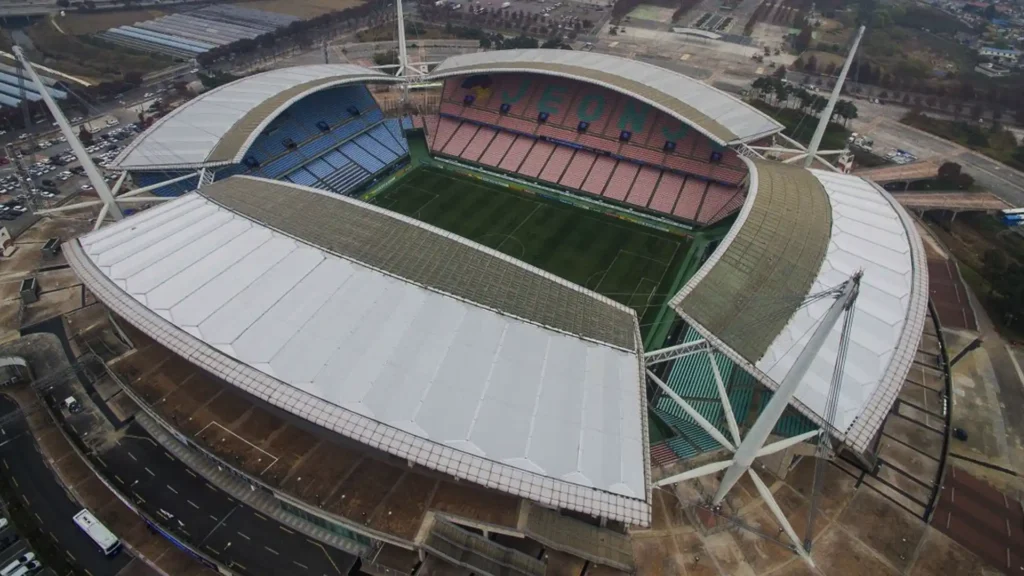
- Home to Jeonbuk Hyundai Motors, one of South Korea’s strongest clubs.
- Regularly packed for league and continental matches.
- Ulsan Munsu Football Stadium (Ulsan)
Status: Successful
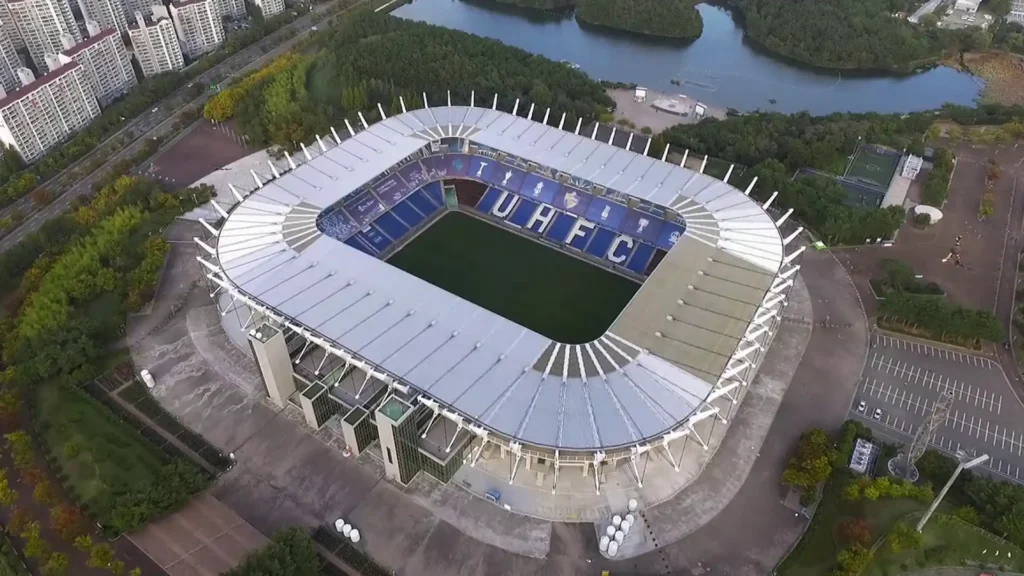
- Home to Ulsan Hyundai FC (K League).
- Actively used for football and events; strong legacy.
- Jeju World Cup Stadium (Jeju)
Status: Under pressure

- Home to Jeju United, though attendances vary.
- Location on Jeju Island limits large-scale events, but still functional.
🇯🇵 Japan
- International Stadium Yokohama (Yokohama)
Status: Thriving
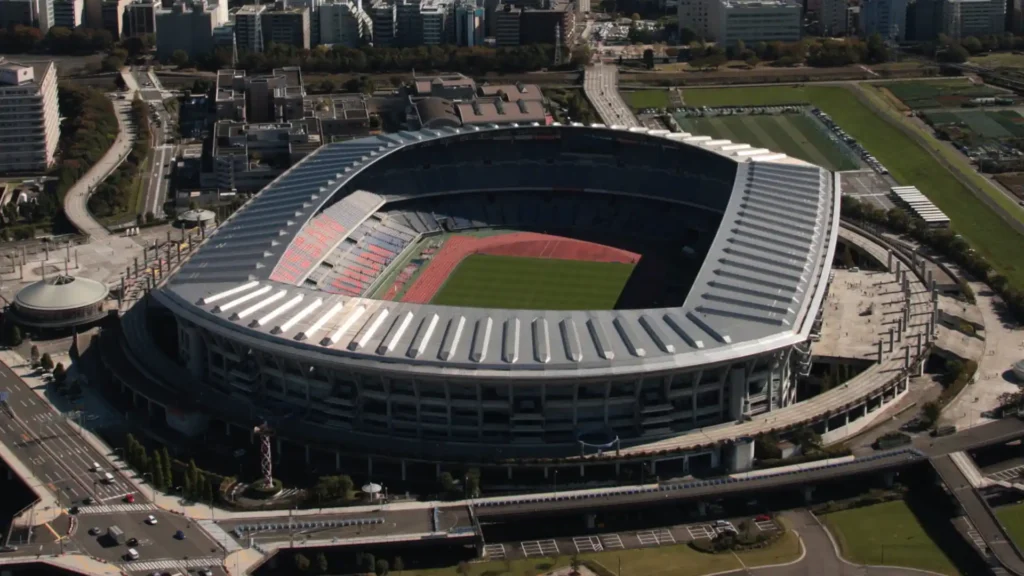
- Hosted the 2002 Final (Brazil vs Germany).
- Home to Yokohama F. Marinos (J League).
- Still Japan’s go-to stadium for national team matches and big events.
- Sapporo Dome (Sapporo)
Status: Active, but transitioning
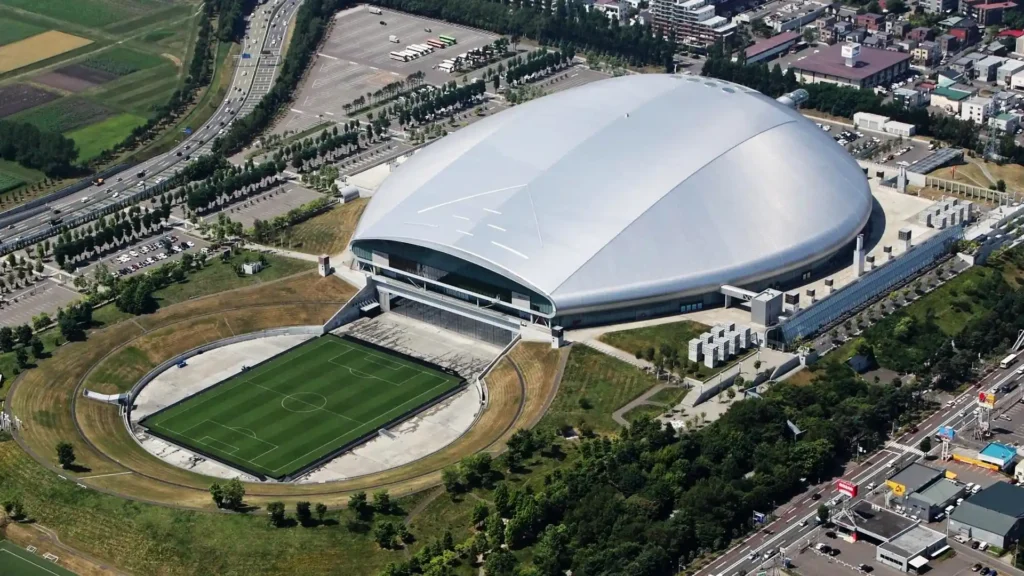
- Famous for its sliding pitch.
- Hosted Hokkaido Consadole Sapporo (J League) until 2022; they moved to a smaller new stadium.
- Now mainly used for baseball (Hokkaido Nippon-Ham Fighters) and concerts.
- Oita Bank Dome (Ōita)
Status: Moderate use
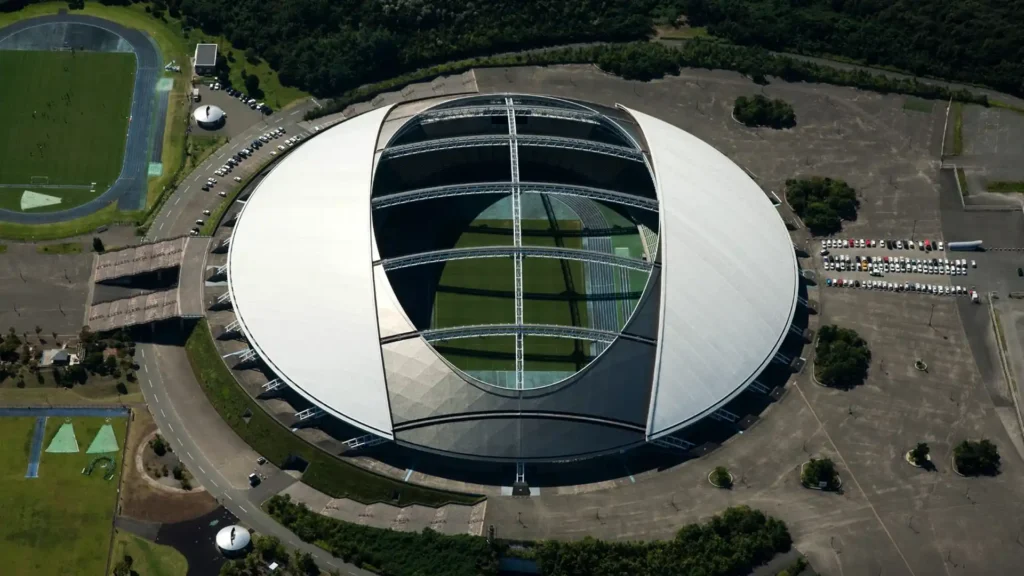
- Home to Oita Trinita (J League).
- Also used for rugby and events (notably Rugby World Cup 2019).
- Expensive to maintain, but multifunctional.
- Kobe Wing Stadium (Noevir Stadium Kobe)
Status: Thriving
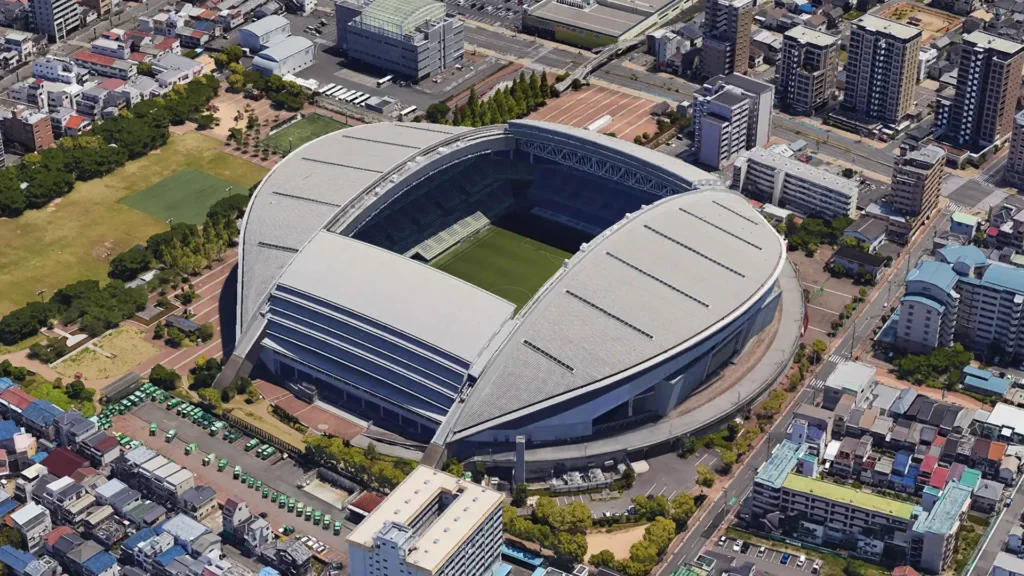
- Home to Vissel Kobe (J League), where stars like Andrés Iniesta played.
- Popular venue, consistently active.
- Shizuoka Stadium Ecopa (Shizuoka)
Status: Underused
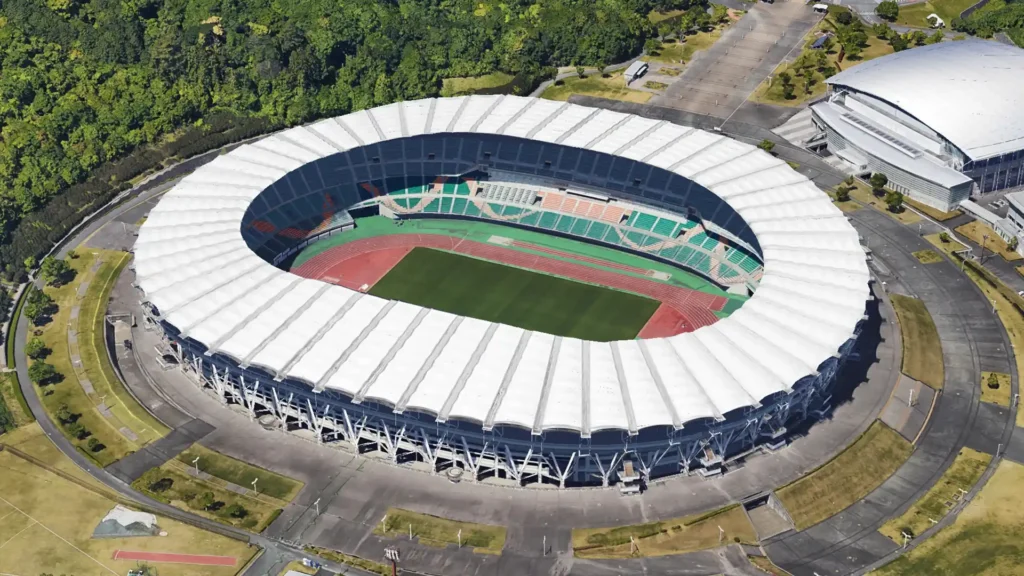
- Used occasionally for Jubilo Iwata or Shimizu S-Pulse matches, but neither calls it home.
- Hosts concerts and rugby, but not frequently full.
- Miyagi Stadium (Sendai)
Status: Struggling
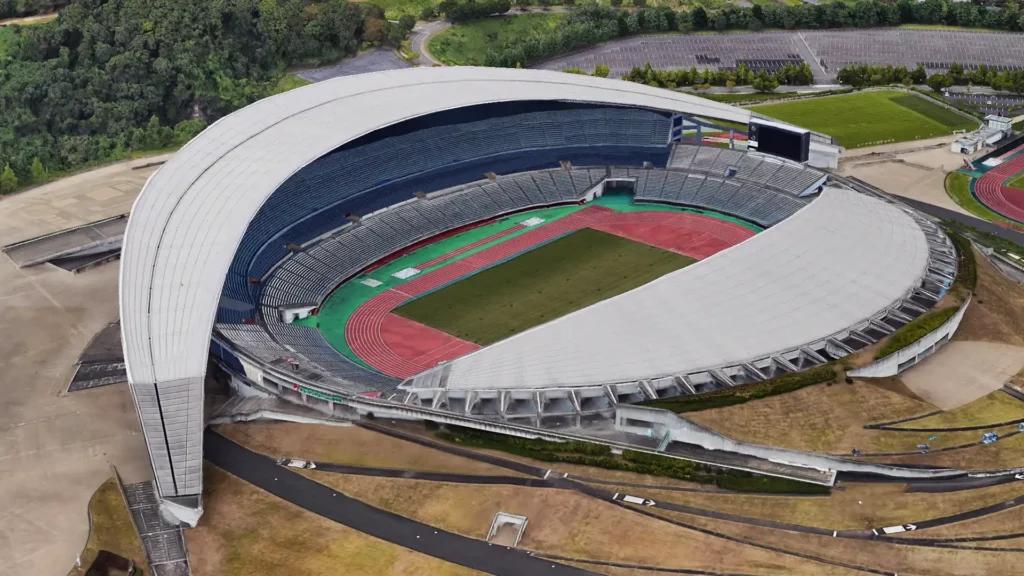
- Not home to Vegalta Sendai (they use a smaller venue).
- Mainly for athletics and occasional events; underutilized.
- Saitama Stadium 2002 (Saitama)
Status: Thriving
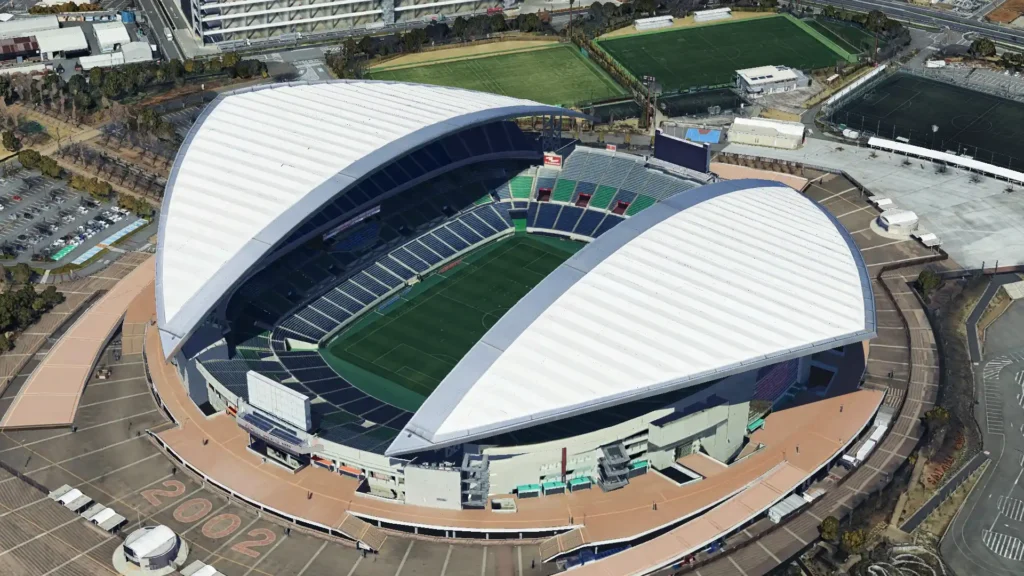
- Home to Urawa Red Diamonds, one of Japan’s biggest clubs.
- Regularly packed; hosts Japan national team matches.
- Strongest football legacy of all 2002 venues.
- Nagai Stadium (Osaka)
Status: Active
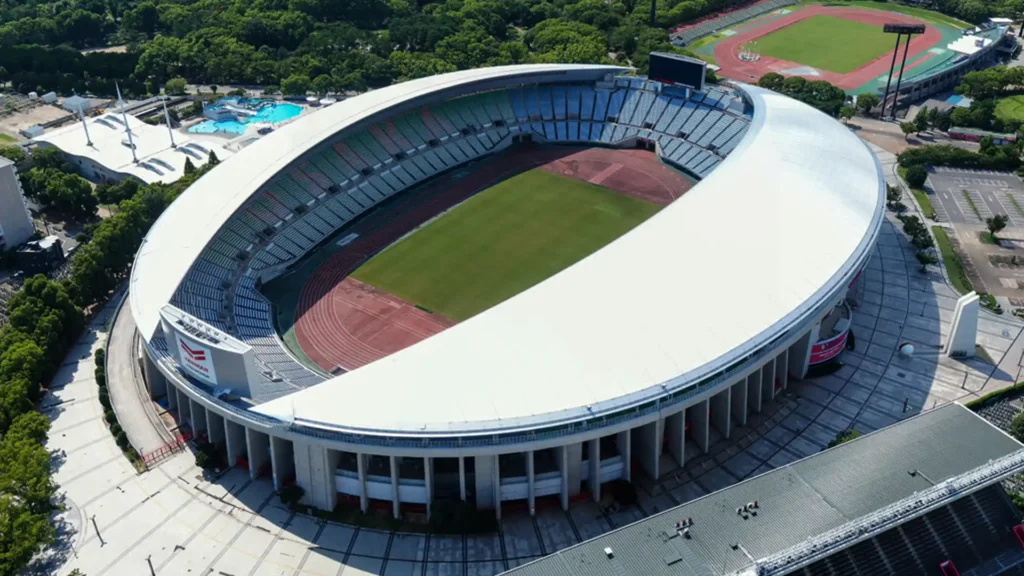
- Hosts Cerezo Osaka (J League) and athletics events.
- Also used for concerts and cultural events.
- Kashima Soccer Stadium (Ibaraki)
Status: Stable
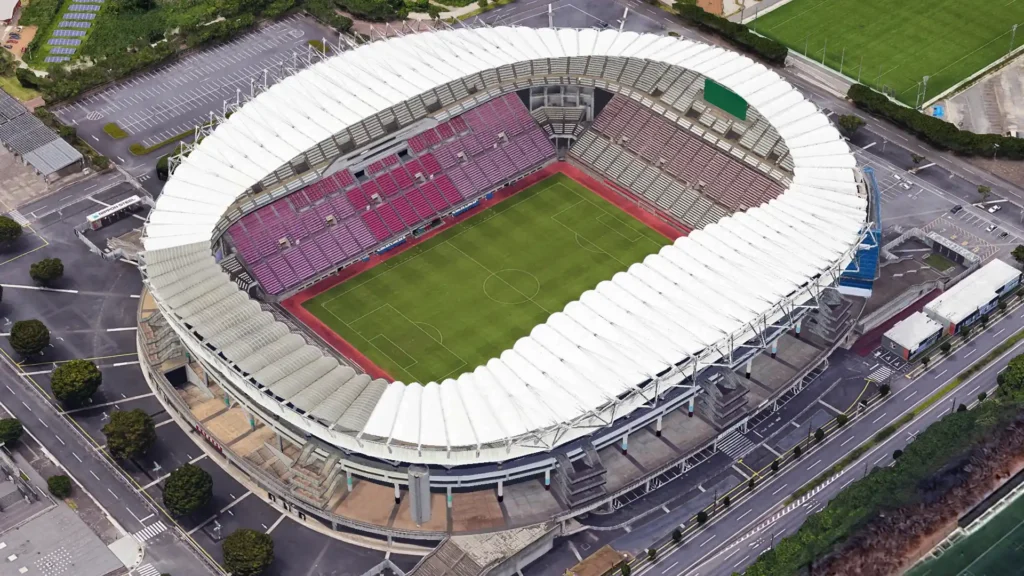
- Home to Kashima Antlers, one of Japan’s most successful clubs.
- Consistently used, with solid attendance.
- Niigata Big Swan Stadium (Niigata)
Status: Moderate
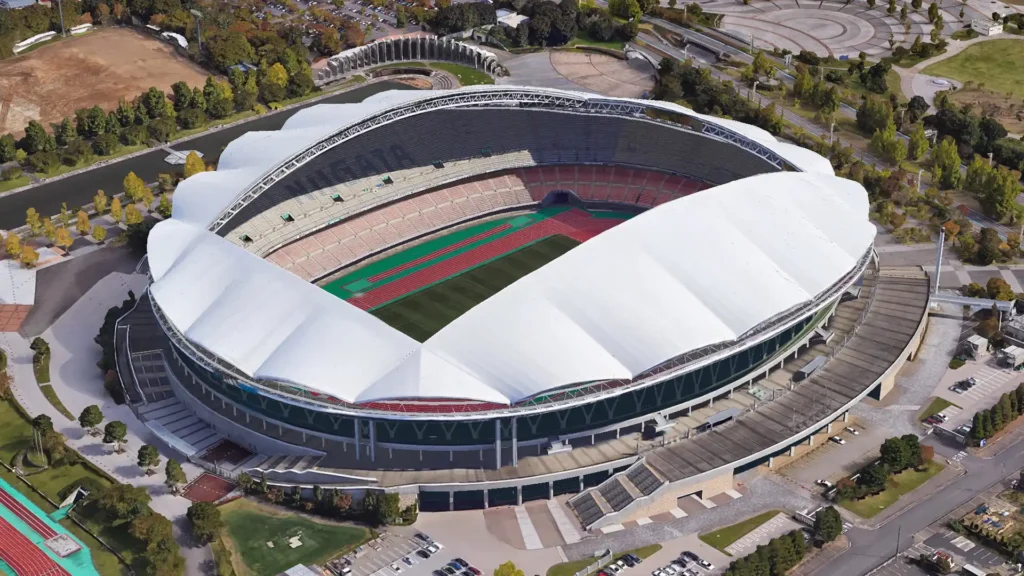
- Home to Albirex Niigata (J League).
- Still active, though the club’s fluctuating performance affects attendances.
Winners and Losers
- Thriving stadiums: Seoul, Suwon, Jeonju, Ulsan, Yokohama, Kobe, Saitama, Kashima.
- Moderately active: Daejeon, Jeju, Oita, Nagai, Niigata, Shizuoka.
- Underused/struggling: Busan, Incheon, Daegu, Gwangju, Miyagi.
Conclusion
The 2002 World Cup left behind a mixed but largely positive legacy. Many stadiums thrive because they are anchored by strong clubs (Jeonbuk, Urawa Reds, Yokohama F. Marinos, Vissel Kobe).
Others — especially in smaller cities or built without long-term planning — struggle with underuse and high upkeep.


